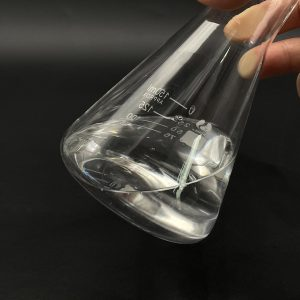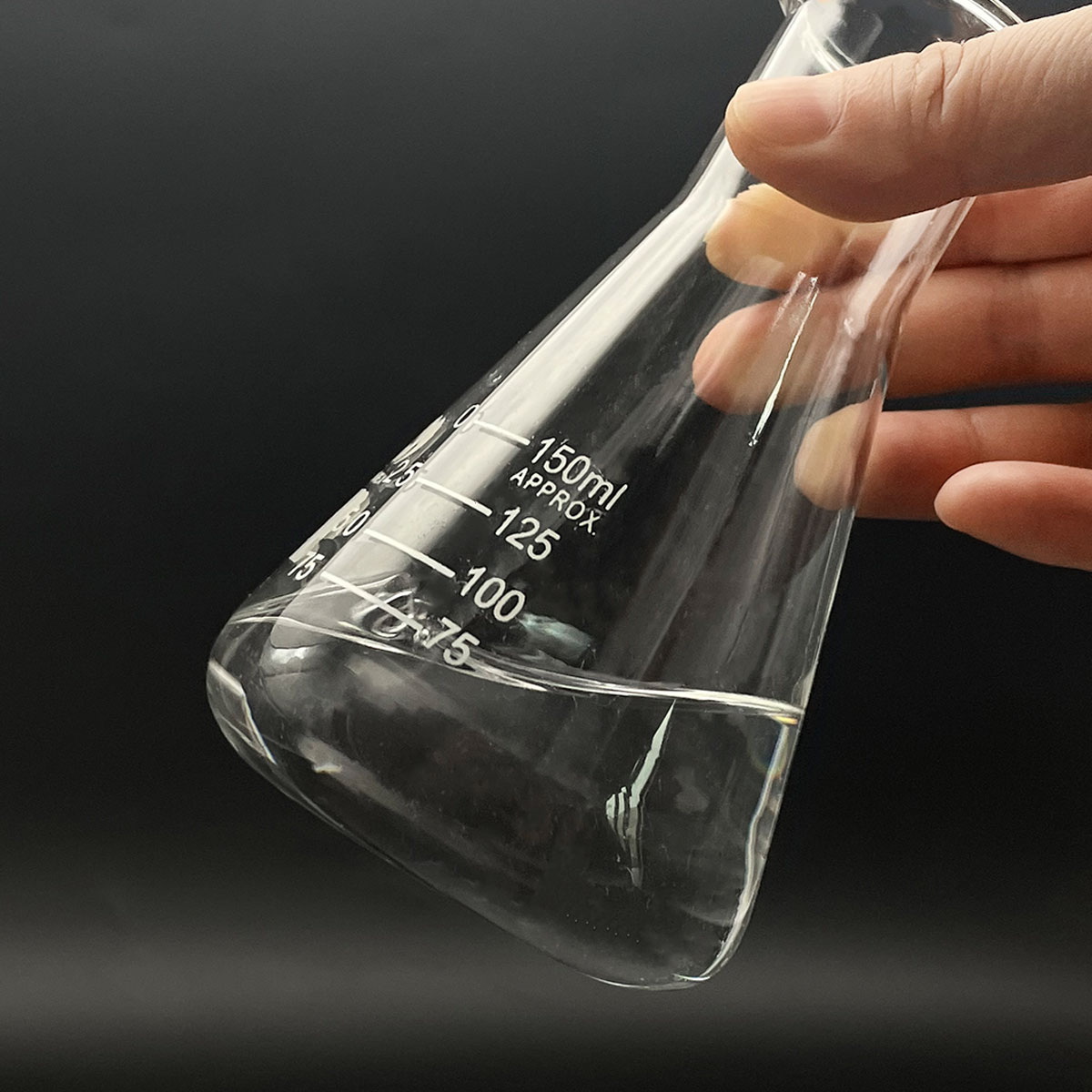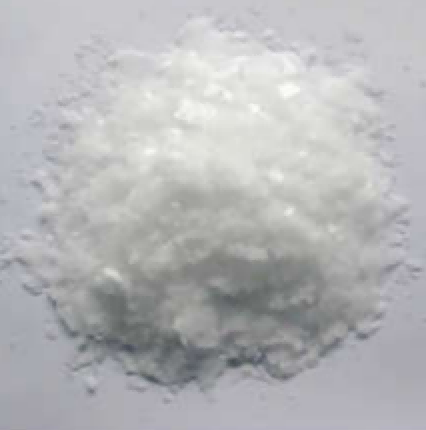1. Introduction
Just 24 hours ago, a major cosmetics brand announced it would phase out sodium lauryl sulfate (SLS) from all its shampoos by 2025, citing consumer demand for gentler, bio-based alternatives like alkyl polyglucoside and coco glucoside. This move reflects a growing trend toward cleaner formulations and highlights the ongoing debate around SLS safety and sustainability.

If you’ve ever read an ingredient label on shampoo, toothpaste, or dish soap, you’ve likely seen ‘sodium lauryl sulfate‘—often abbreviated as SLS or sls sodium lauryl sulfate. But what exactly is it? Why is it so common? And should you be avoiding it? In this article, we’ll explore seven essential facts about sodium lauryl sulfate and its surfactant cousins.
2. What Is Sodium Lauryl Sulfate?
Sodium lauryl sulfate (SLS), also known as sodium dodecyl sulfate or na lauryl sulfate, is a powerful anionic surfactant. The term ‘surfactant’—short for ‘surface-active agent’—refers to compounds that lower surface tension between liquids or between a liquid and a solid. This property allows surfactants to lift dirt, oil, and grease, making them ideal for cleaning and foaming.
Chemically, SLS is derived from lauryl alcohol (often sourced from coconut or palm kernel oil) and sulfuric acid, followed by neutralization with sodium hydroxide. Its molecular structure includes a hydrophobic tail and a hydrophilic head, enabling it to interact with both water and oil—a classic trait of anionic surfactants.
3. How SLS Compares to Other Common Surfactants
Not all surfactants are created equal. While SLS is anionic, others fall into non-ionic, cationic, or amphoteric categories. For example, cocamidopropyl betaine (also called coco betaine or amidopropyl betaine) is amphoteric—it can act as either anionic or cationic depending on pH. This makes it milder and often used alongside SLS to reduce irritation.
- Sodium laureth sulfate (also labeled as sodium lauryl ether sulfate, laureth sulphate, or sls sodium laureth sulfate) is ethoxylated, meaning it has ethylene oxide added, making it less harsh than SLS but still effective.
- Decyl glucoside and coco glucoside are non-ionic surfactants derived from sugar and coconut oil—popular in ‘sulfate-free’ products.
- Cationic surfactants like cetyl trimethyl ammonium bromide (CTAB) or cetyltrimethylammonium bromide are used in conditioners for their anti-static properties.
- Bio surfactants such as sodium cocoyl glutamate and sodium lauroyl sarcosinate offer gentler cleansing with biodegradable profiles.

4. Where You’ll Find SLS—and Why It’s Used
SLS is prized for its strong foaming and degreasing abilities. You’ll find it in:
- Toothpastes (for foaming and plaque removal)
- Shampoos and body washes (as a primary cleanser)
- Industrial cleaners and garage floor degreasers
- Herbicides and weed killers (as a surfactant for herbicides to help active ingredients stick to waxy plant leaves)
In agriculture, SLS and similar compounds like ammonium lauryl sulfate or lignin sulfonate act as lawn wetting agents or wetting agents for grass, improving spray coverage. However, newer formulations increasingly use nonionic surfactants like polysorbate 80 or Span80 for better environmental compatibility.
5. Safety, Myths, and Misconceptions
Despite viral claims, SLS is not carcinogenic. Regulatory bodies like the FDA and EU SCCS consider it safe at typical use concentrations. However, it can cause skin or eye irritation—especially in sensitive individuals—due to its strong cleansing action.
Note: SLS is often confused with sodium laureth sulfate (SLES), which may contain trace 1,4-dioxane (a potential contaminant from ethoxylation). SLS itself does not contain this byproduct.

Alternatives like sodium coco sulfate, sodium lauroyl methyl isethionate, or sodium cocoyl isethionate are gaining traction in ‘gentle’ or ‘baby-safe’ products. Companies like Rohit Surfactants Private Limited now offer plant-derived, sulfate-free options to meet market demand.
6. The Rise of Natural and Bio-Based Surfactants
Driven by eco-conscious consumers, the surfactant industry is shifting toward sustainable options. Alkyl polyglucoside, methylated seed oil blends, and fluoro surfactants (for specialized applications) are replacing traditional sulfates in many formulations.
Even in labs, researchers are exploring biosurfactants like sodium deoxycholate or sodium oleate for drug delivery. Meanwhile, polymers like Pluronic 127 (poloxamer 188) serve as nonionic surfactants in pharmaceuticals.
For DIY herbicide mixes, some gardeners now opt for natural wetting agents instead of SLS—though efficacy varies. Always check if your weed killer already includes a surfactant before adding more.
7. Buying and Identifying SLS
If you’re sourcing ingredients, you might search for ‘sodium lauryl sulfate for sale’ or ‘lauryl sulfate’ in bulk. Be aware of naming variations: natrium lauryl sulfate (European labeling), ammonium dodecyl sulfate (a close analog), or even copper 1 bromide–contaminated batches (rare, but a quality concern).
When reading labels, watch for:
- ‘SLS’ or ‘sls sulfate’ (usually means sodium lauryl sulfate)
- ‘SLES’ or ‘sulfate laureth’ (refers to sodium laureth sulfate)
- ‘Cocamido’ or ‘cocamidopropyl’ (indicates betaine derivatives)
Conclusion
Sodium lauryl sulfate remains one of the most effective and widely used anionic surfactants—but it’s no longer the only option. With advances in green chemistry and rising demand for mild, biodegradable alternatives like decyl glucoside, alkyl polyglucoside, and sarcosinate-based cleansers, the surfactant landscape is evolving fast. Whether you’re formulating a shampoo, choosing a toothpaste, or mixing a weed killer, understanding these ingredients empowers smarter, safer decisions.
Our Website founded on October 17, 2012, is a high-tech enterprise committed to the research and development, production, processing, sales and technical services of ceramic relative materials such as 7. Our products includes but not limited to Boron Carbide Ceramic Products, Boron Nitride Ceramic Products, Silicon Carbide Ceramic Products, Silicon Nitride Ceramic Products, Zirconium Dioxide Ceramic Products, etc. If you are interested, please feel free to contact us.


